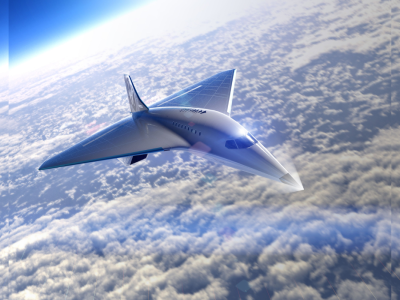
Is There a Jet That Can Go the Speed of Light
Comprehending Light's Speed
About 299,792 kilometers per second, or 186,282 miles per second, is the speed of light in a vacuum. This speed, which denotes the greatest velocity at which matter or information may move, is regarded as a basic constant in physics. Theoretically, mass-containing objects cannot possibly achieve the speed of light since their energy needs grow exponentially as they get closer to this maximum velocity, according to Einstein's theory of relativity.
The Present Jet Technology's Drawbacks
No aircraft can currently go near, much alone faster than the speed of light. The operating principles of conventional jets and airplanes are well within the parameters of classical physics, which does not consider relativistic effects while traveling near the speed of light. Even the fastest human-driven aircraft, like the SR-71 Blackbird, travels at a very slow pace compared to the speed of light, with a top speed of just around 3,540 km/h (2,200 mph).
Effects of Relativity and Mass Gain
An object's relativistic mass grows as it approaches the speed of light, according to Einstein's theory of relativity. This indicates that when the item gets closer to light speed, the amount of energy needed to accelerate it further rises exponentially. Therefore, it would need an endless amount of energy to approach or surpass the speed of light, which is physically impossible given our present understanding of physics and technology.
Theoretical and Hypothetical Ideas
Theoretical physics has suggested ideas like warp drives and wormholes as possible ways to travel faster than the speed of light. For example, the warp drive bends or "warps" space-time itself to produce a bubble that travels faster than light about the surrounding area. These ideas haven't been implemented or put to the test in real life, therefore they're still theoretical. They also incorporate energy sources and theoretical materials that are now outside the reach of modern technology.
Research on Advanced Propulsion's Role
Even with current research, relativistic speeds are still far off for sophisticated propulsion systems like nuclear and ion motors, which are being studied to push the envelope of space travel. Even while improvements in propulsion technology might propel us faster through the solar system, we are still a very long way from traveling at the speed of light.
Conclusion
As of right now, no jet or aircraft can go faster than light. Such an accomplishment is not achievable with current technology due to the restrictions of relativity and our technical capabilities. For any mass object, the speed of light remains an impassable barrier, even as theoretical models and improved propulsion studies continue to push the edges of what could be achievable in the future. Our investigation into fast travel is still constrained for the time being by the laws of physics and engineering.